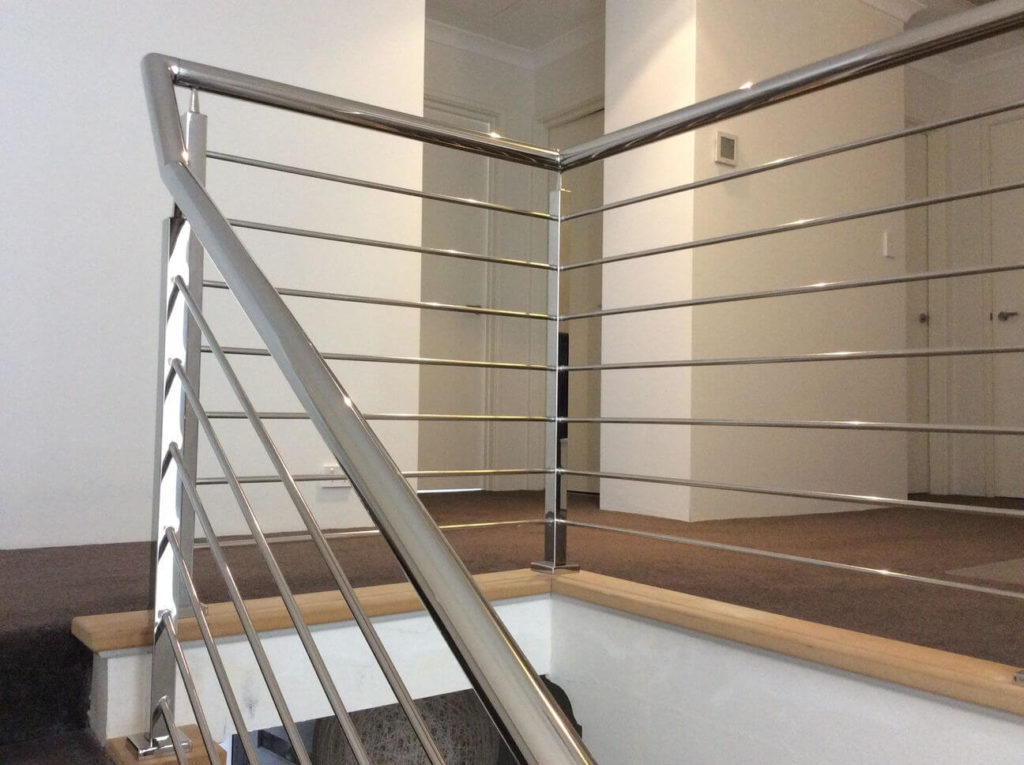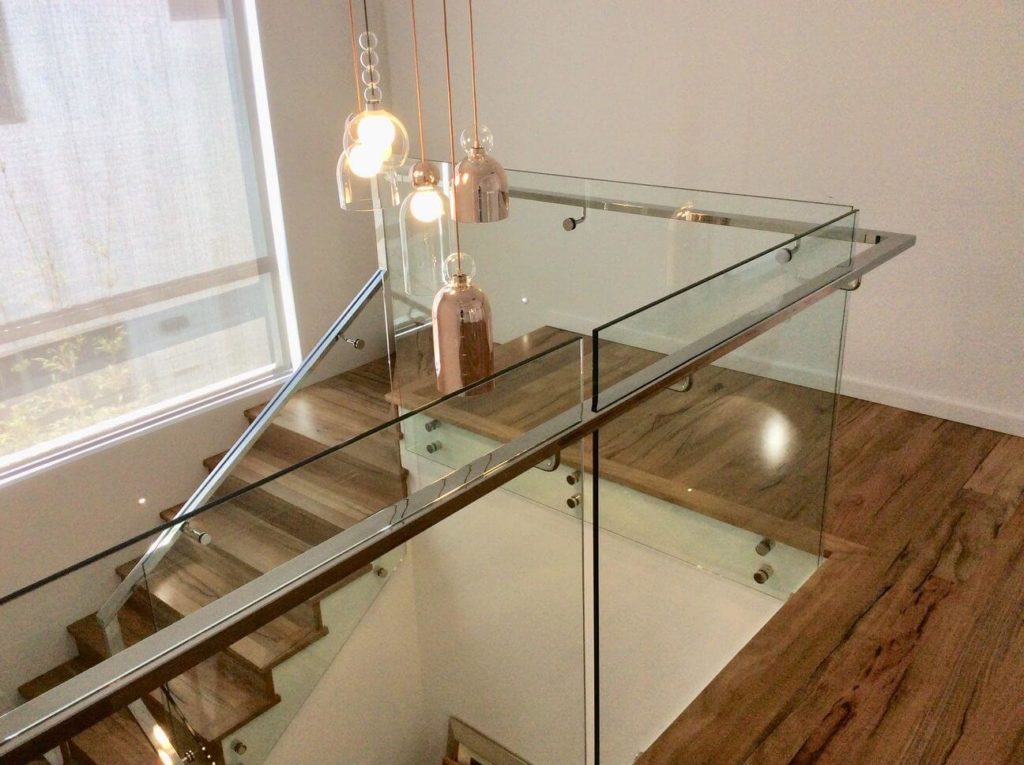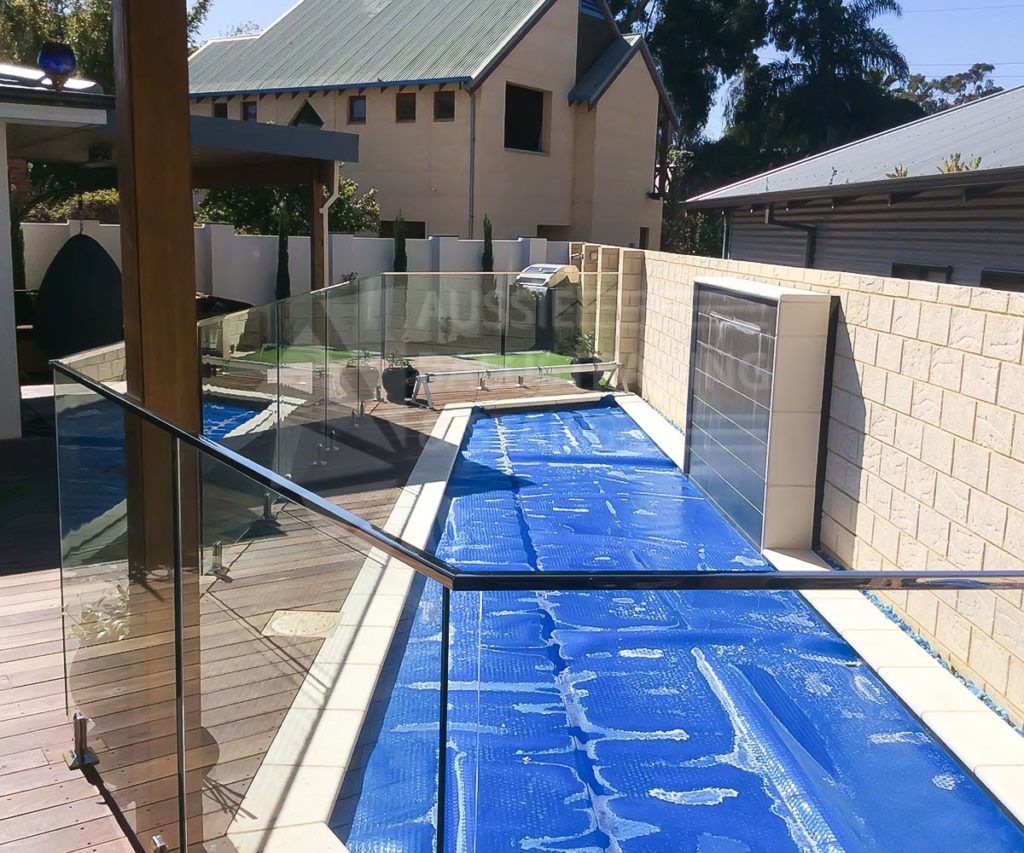Whether you’re building a new house from scratch or are renovating an existing one, if your home has a flight of stairs, a terrace, or a balcony, then you need to be thinking of balustrades. These fixtures are one way to ensure everyone’s safety while living in your home, preventing any untoward injury from happening. Besides its functionality for safety, balustrades can also be as simple or elaborate as you want—making it a refined aesthetic marker for your home to display.
Although the terms “balustrade” and “handrail” are often used interchangeably, the truth is that there’s quite a difference between them. Understanding the features that go into your house’s make is only half the battle, which is why it’s always best to be more knowledgeable about every fixture that goes into it.
Balustrades vs. Handrails: What’s the difference?
Both balustrades and handrails offer support for people making their way up or down staircases. However, they have a few crucial differences when it comes to usability and aesthetic appeal.
The aptly-named “handrails” refer to the fencing’s topmost portion, an implement where you rest your hand for support while climbing up or down the staircase. On the other hand, the term “balustrades” originally referred to the columns or shafts supporting the staircase and the handrails. However, the name has since expanded its meaning to pertain to the staircase fencing as a whole.
This is an essential distinction because different stair manufacturers in Perth may have different interpretations of the terms balustrade and handrail. Others may be referring to the whole staircase fencing, whereas others may be talking about the individual shafts.
It’s a good idea to check product descriptions to eliminate confusion—especially if you’re ordering materials online. Simply referring to pictures alone may not be enough, as most suppliers online will use pictures of the whole staircase fencing even if they were only selling the handrails or the shafts.
For this article, we’re going to use balustrades to refer to the entire staircase fencing.
What are balustrades made of?
Balustrades come in many kinds of materials. Many of those that can be found in grand mansions from the Victorian era in Europe are made of polished hardwood. It’s also common to see balustrades made of concrete, natural stone, and wrought iron.
However, most designs that are seen today—be it for commercial or residential purposes—are usually composed of steel, glass, or polymer stone. This is because all three materials are cost-effective and suitable for both internal and external use, given that they are resistant to pest infestation and the effects of being exposed to the elements.
These three materials are also easy to maintain, only requiring regular wipedowns for disinfection and general polishing. This is in contrast to traditional wood or timber balustrades, which are prone to cracking or warping due to weather changes, and are susceptible to termite, mould, and mildew damage, to boot.
Understandably, wood balustrades can be treated to withstand weather conditions and deterioration due to contaminants and pests, albeit this represents an additional cost. Most treatments need to be reapplied in two to three years, meaning an additional cost on both materials and labour costs.
It is for that reason that most new-home construction projects prefer to use either glass, steel, or stone balustrades. Picking between these three is often merely a matter of preference, but a little bit of insight on each material can streamline the decision-making process.
What are the pros and cons of stainless steel balustrades?
Stainless steel is the most commonly used material for contemporary balustrade designs because of its durability, safety, and aesthetics. After all, it is a versatile material, given the ease with which stair manufacturers can manipulate the steel to fashion different lengths, thickness, and even curves.
That being said, you will need to ensure that the team working on your balustrades are adequately skilled and have the necessary experience to work with stainless steel. This often means a higher initial cost due to the number of skilled workers who need to handle the job.
While these balustrades are a beauty of their own, the metal is also used to augment other materials’ strength. The combination of wood and stainless steel is particularly sought after by many homeowners and interior designers who favour zen concepts. The stainless steel provides strength and reinforcement, while the wood softens the cold metal.
What are the pros and cons of glass balustrades?
Of the three materials, glass is arguably the most stylish and modern-looking.
Transparent glass balustrades provide for a free-flowing space and don’t cramp up a room in the way that stone or stainless steel balustrades do. These types of balustrades are often reinforced with steel for added durability and usually feature steel handrails as well.
While transparent glass balustrades provide the best aesthetics, these can be challenging to maintain, given that its panels are fingerprint magnets and require frequent wipedowns to be kept clean. For this reason, most homeowners, interior designers, and building managers prefer to use translucent glass designs that are easier to maintain.
Despite that, glass balustrades are not prone to rust and are impervious to pest infestation. That being said, microbes have no problems thriving on glass, so you must still disinfect it daily!
What are the pros and cons of polymer stone balustrades?
If you’re a lover of classical aesthetics and the elegance that it brings, you won’t go wrong with polymer stone balustrades. This staircase fencing is excellent for government buildings, banks, museums, parks, and even residential buildings that take inspiration from neoclassical architecture.
While it may look and feel like real stone, polymer stone is actually a composite blend of crushed limestone and polymer resin. A pigment that imbibes colour without the need for painting can also be added during the fabrication process. The resulting product is stronger than stone, has a light sandpaper finish, and requires even less maintenance because its colour does not fade, flake, or chip away.
Which kind of balustrade is right for me?
Your choice of material depends entirely on your preferences and the overall theme of your home or commercial building.
Stainless steel and glass balustrades will fit right in with lovers of contemporary and modern designs because of their timeless aesthetic and effortless maintenance. Meanwhile, people who prefer neoclassical design will be happy with polymer stone balustrades. This is because polymer stone helps them achieve the desired aesthetics without doing as much maintenance as they would with natural stone.
Conclusion
Once you’ve made up your mind on the kind of balustrade that you want in your home or commercial building, it’s best to look for reputable providers of balustrades in Perth. While each type of material has its pros and cons, the hands that manufacture and supply the balustrades will dictate the final product’s longevity and durability!
Are you looking to get balustrades installed in your home in Perth? Aussie Balustrading is one of the best suppliers of balustrades and handrails in Western Australia. We offer a wide range of balustrade designs to fit your love for traditional or contemporary designs. Contact us today to learn more about our services!




